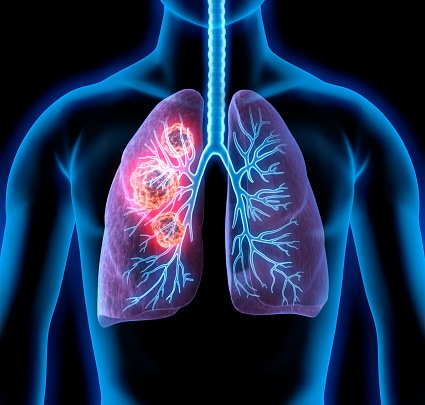
Patients living in rural areas or who are on Medicaid or uninsured are less likely to receive chemotherapy for non-small cell lung cancer (NSCLC), according to a study published in The Annals of Thoracic Surgery.
In a retrospective study, researchers collated data on NSCLC patients with pathologic N1 (pN1) disease pN1 disease from the National Cancer Database. The found that of almost 15,000 patients who underwent resection for pN1 disease, only slightly more than half (54.1%) received any chemotherapy.
The study results also showed that the benefit of receiving chemotherapy in this patient population is higher than generally thought. Previous research showed that patients with pN1 disease treated with both surgery and chemotherapy increase their five-year cancer survival rate by 5.4% over those who receive only surgery. Researchers of this study found that the survival rate actually increases by 14% – almost triple the accepted number.
“This study shows that inequalities exist when it comes to getting the highest level of care,” says Elizabeth A. David MD, MAS, a cardiothoracic surgeon with Keck Medicine and the study’s lead author in a press release. “Previous studies have determined that socioeconomic status plays a role in the surgical management of patients with lung cancer, but we are the first to examine the relationship between socioeconomic status and access to chemotherapy in patients with pN1 disease.”
Those living in rural areas, uninsured or on Medicaid less likely to receive recommended lung cancer treatment https://t.co/I4RjBvhAKq pic.twitter.com/McEJG8La6m
— Science Codex (@sciencecodex) March 25, 2020
“It is clear that as medical professionals, we need to find creative solutions to help at-risk populations receive guideline-recommended care,” Dr. David added. “Lung cancer survival rates are improving and all patients, regardless of where they live or financial status, should be able to take advantage of the treatment that will give them the best chance of recovery and survival.”

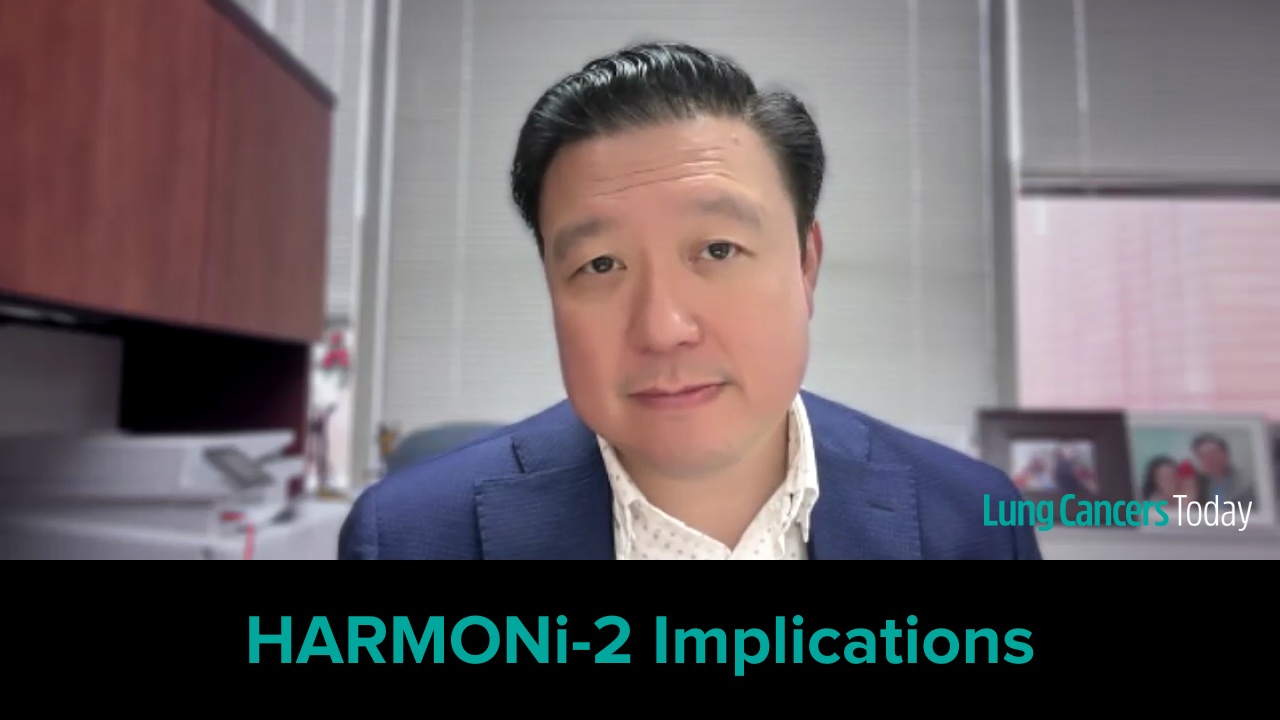
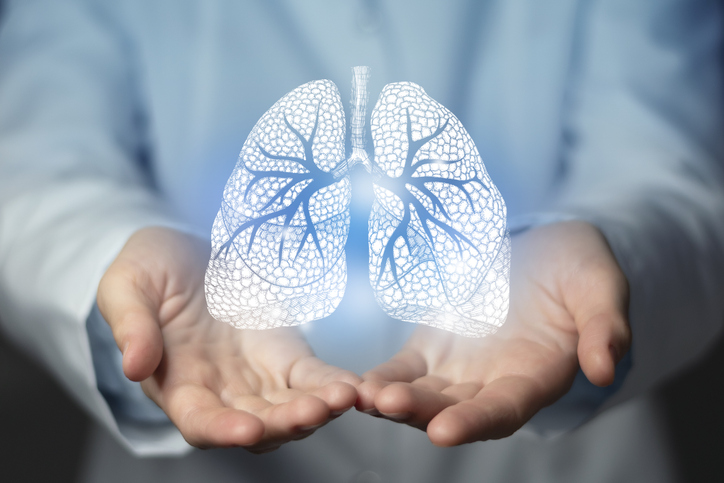
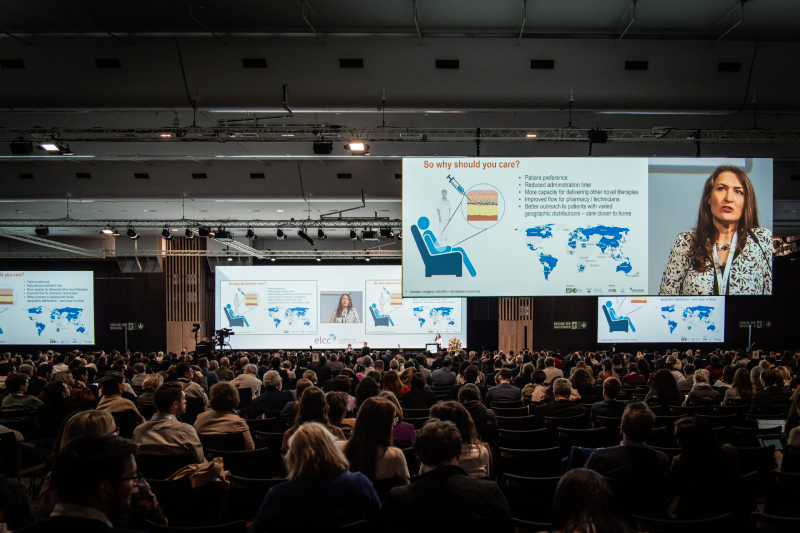

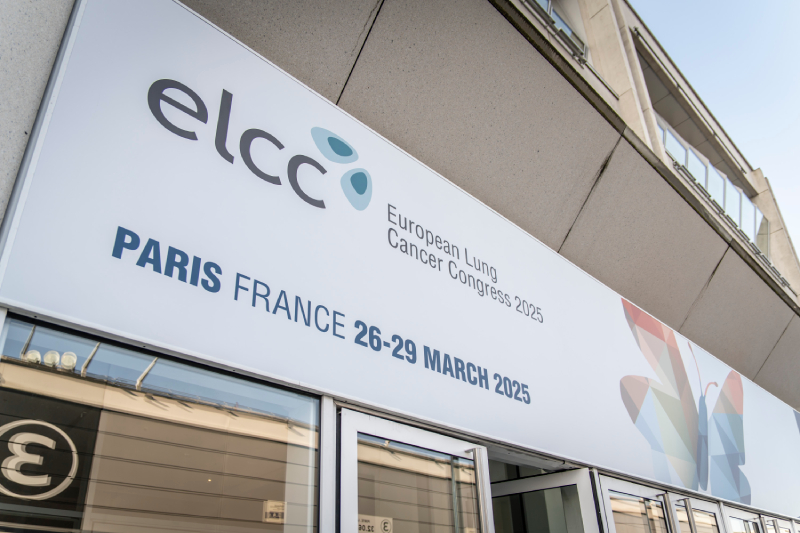

 © 2025 Mashup Media, LLC, a Formedics Property. All Rights Reserved.
© 2025 Mashup Media, LLC, a Formedics Property. All Rights Reserved.